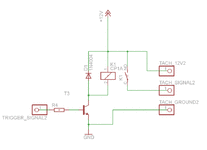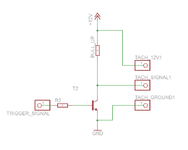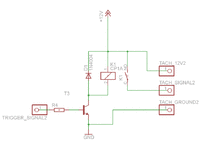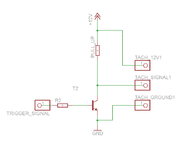denpo
Carburated Nihilist
In an attempt to troubleshoot my non functioning tach, I'd like to make a tach signal generator.
I'll use a microcontrolleur or a 555-based circuit, depending of complexity of the signal to generate.
Do you guys knows the specs of the signal?
Voltage: 12v,13.8v, other?
Signal shape: square or pulse?
Hz to RPM ration?
Any amp requirement for the signal line?
If anyone has answer to any of those questions, i'm listening.
Thanks.
I'll use a microcontrolleur or a 555-based circuit, depending of complexity of the signal to generate.
Do you guys knows the specs of the signal?
Voltage: 12v,13.8v, other?
Signal shape: square or pulse?
Hz to RPM ration?
Any amp requirement for the signal line?
If anyone has answer to any of those questions, i'm listening.
Thanks.





